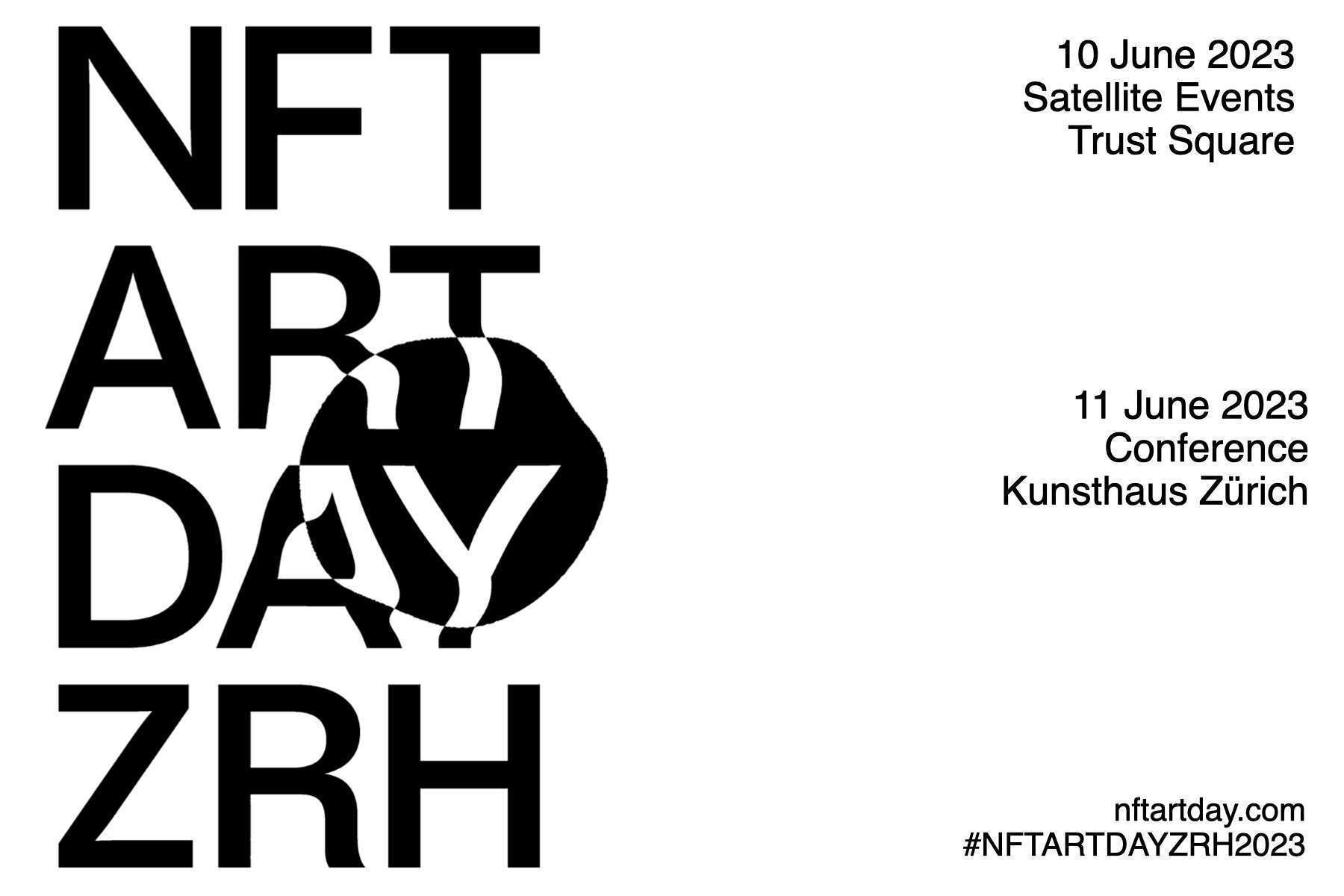No destiny but what we make

Remember the days when bitcoin (BTC) mining difficulties were still in the single-digit billions, there were nearly as many bitcoins to be mined as there were in circulation, and you could run a hugely profitable operation with an off-the-shelf rig [graphics processing units] and a civilian power outlet without so much as a yawn from regulators?
Yes, those days feel like ancient history, even though they were less than a decade ago.
Samir Tabar is CEO of Bit Digital.
Everything is more difficult about bitcoin mining today, from overhead costs to competition to the looming scrutiny of lawmakers and the wrath of climate activists. But there are still good days ahead if the industry that is revolutionizing finance can adapt to a new environment. These days, a different kind of bitcoin mining business and a different kind of business manager are required. Everyone in the industry has a handful of months to decide if they are ready for the challenges of mining in a completely different reality, and we all have a role to play in future-proofing bitcoin mining.
The halving is an endogenous challenge
The “halving” will cut the amount of bitcoin that can be mined from roughly 900 per day to 450, making the asset even scarcer while providing a deflationary measure to strengthen it as a store of value. Bitcoin investors own bitcoin because they believe it will rise in value, and next year’s halving event – if history is any indication – may very well deliver this. In the past, bitcoin has risen in the year ahead of halvings; bitcoin rose 19% in the 12 months leading up to the last halving on May 11, 2020, while the halving before that in 2016 saw a 142% increase.
Even a year out, bitcoin appears to be pricing in this next quarterly event, rising roughly 25% since the start of March. Bitcoin has not fully decoupled from traditional financial markets to the extent that many in the space have hoped, and the current rally may only reflect temporary relief in the stock market as war and inflation remain a risk. Still, it’s nice to get a reprieve from all the post-FTX carnage fueled by the US Federal Reserve’s aggressive interest rate hikes.
The same halving event that is likely to increase bitcoin’s value will also reduce the profitability of mining. Fewer minable bitcoin means less profit. Rising costs of operations create a challenge to the bottom line, which puts pressure on miners at both ends. Although sitting on top of significant bitcoin reserves, with a higher post-rally price and new underlying support levels for the asset, mining companies must prepare for a lower-margin environment with reduced cash flow. This will make the miners who have run good, lean businesses with clean balance sheets and crush miners who have only optimized for short-term gains.
Bitcoin’s price plunge in the second half of 2022 caused a cascade of bankruptcies by companies that took on too much debt and followed high price growth, and a similar dynamic is likely on the horizon. Miners must prepare for the formal turbulence ahead by treading carefully, keeping more cash on hand and leaner operations.
The mining industry can also mitigate our exogenous challenges
The halving will cut the amount of bitcoin that can be mined from roughly 900 per day to 450, making the asset even scarcer while providing a deflationary measure to strengthen it as a store of value. Bitcoin investors own bitcoin because they believe it will rise in value, and next year’s halving event – if history is any indication – may very well deliver this. In the past, bitcoin has risen in the year ahead of halvings; bitcoin rose 19% in the 12 months leading up to the last halving on May 11, 2020, while the halving before that in 2016 saw a 142% increase.
Even a year out, bitcoin appears to be pricing in this next quarterly event, rising roughly 25% since the start of March. Bitcoin has not fully decoupled from traditional financial markets to the extent that many in the space have hoped, and the current rally may only reflect temporary relief in the stock market as war and inflation remain a risk. Still, it’s nice to get a reprieve from all the post-FTX carnage fueled by the US Federal Reserve’s aggressive interest rate hikes.
The same halving event that is likely to increase bitcoin’s value will also reduce the profitability of mining. Fewer minable bitcoin means less profit. Rising costs of operations create a challenge to the bottom line, which puts pressure on miners at both ends. Although sitting on top of significant bitcoin reserves, with a higher post-rally price and new underlying support levels for the asset, mining companies must prepare for a lower-margin environment with reduced cash flow. This will make the miners who have run good, lean businesses with clean balance sheets and crush miners who have only optimized for short-term gains.
Bitcoin’s price plunge in the second half of 2022 caused a cascade of bankruptcies by companies that took on too much debt and followed high price growth, and a similar dynamic is likely on the horizon. Miners must prepare for the formal turbulence ahead by treading carefully, keeping more cash on hand and leaner operations.
There are good days ahead for solid, responsible businesses
Miners can control their own destiny in the next cycle. Not only should asset creators have strong balance sheets, they must also resist the temptation to overextend and take on unnecessary risk. Given how quickly market conditions can change with greater economic uncertainty and the fluid regulatory environment, it is important to remain conservative. Miners must build not for the top of the cycle, but for the middle, providing enough flexibility to thrive in the ups and comfortably survive down cycles.
Bitcoin miners can also take inspiration from rapid innovation happening across the Web3 and identify ways to diversify revenue beyond pure mining. With toxic maximalism behind us, the Ethereum network presents a number of possibilities, including the flywheel model, where Bitcoin block rewards earned from mining can be converted into ether [ETH] and bet for rewards. Instead of simplistically viewing them as competitors, Bitcoin and Ethereum can work together to establish a future where prosperity is less dependent on cycles and regulatory whims.
By securing our capabilities, remaining lean and agile, and diversifying our revenue streams, miners will adapt to the next iteration of crypto and further establish us as a crucial pillar of the crypto community. The responsibility for building and maintaining a healthy industry is ours alone. Miners must do away with toxic maximalism, hold bad industry actors accountable and continue to demonstrate to the communities where we work that our businesses benefit them and the country.
Learn more about Consensus 2023, CoinDesk’s longest running and most influential event bringing together all sides of crypto, blockchain and Web3. Pulling towards consensus.coindesk.com to register and buy your pass now.
MEDIATION
Please note that our privacy statement, Terms of Use, cookies, and do not sell my personal information has been updated.
A leader in news and information about cryptocurrency, digital assets and the future of money, CoinDesk is a media outlet that strives for the highest journalistic standards and follows a strict editorial guidelines. CoinDesk is an independent operating subsidiary of Digital Currency Group, who invest in cryptocurrencies and blockchain startup. As part of their compensation, certain CoinDesk employees, including editorial staff, may receive exposure to DCG stock in the form of share valuation rights, which is earned over a period of several years. CoinDesk journalists are not allowed to buy shares directly in DCG.

























